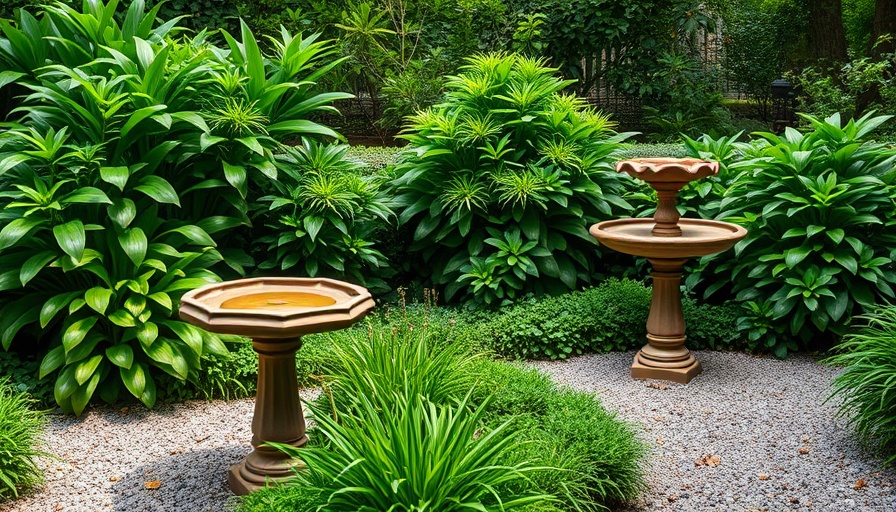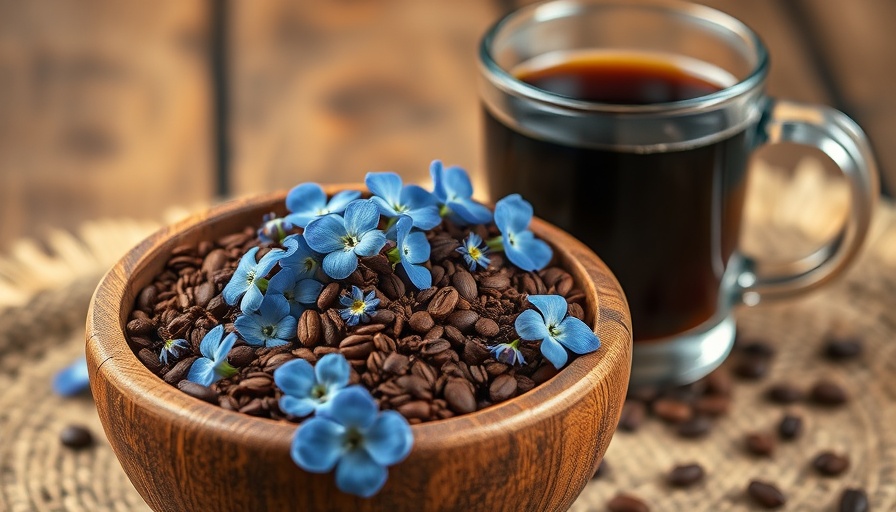
Why Choosing Moss Over Grass is a Game-Changer
If keeping up with your lawn feels like a chore rather than a joy, it might just be time to reconsider what you ask from your yard. For homeowners inundated with landscaping responsibilities, moss emerges as a compelling alternative to traditional grass lawns. While that green carpet may look appealing, it's often a source of stress, demanding relentless upkeep, from mowing to watering, especially in the sweltering summer heat. If you're tired of escaping the endless lawn care loop, stick around—moss may become your new landscaping hero.
Low Maintenance: Get Your Weekends Back!
One of the most attractive features of moss is its minimal maintenance requirements. Imagine a yard that doesn’t require mowing—yes, you read that right! Moss grows slowly and stays low to the ground, eliminating the need for a lawnmower entirely. Instead of wrestling with yard work, you can reclaim your weekends. Moss thrives without fertilizers or pesticides, depending on the natural nutrients from its surroundings. This is a fantastic perk for environmentally conscious homeowners looking to reduce their use of chemicals.
The Eco-Friendly Choice: Water and Energy Savings
Water conservation is increasingly important in today’s climate. Traditional grass lawns can guzzle water, especially during long dry spells. In contrast, moss needs only light misting and is capable of absorbing moisture from the environment. This not only cuts down your water bill but also reduces your carbon footprint—no more gas-guzzling lawn mowers or chemical sprays required! As homeowners become more eco-conscious, moss presents itself as a stylish and functional choice for greener living.
Visual Appeal: Aesthetic Variety for Every Landscape Design
Beyond its practical benefits, moss offers a unique aesthetic value. With a variety of textures and colors, it complements different landscaping styles, be it modern, rustic, or woodland-inspired designs. Moss can create lush green areas that visually contrast traditional turf, offering intrigue and charm to your outdoor space.
The Resilience of Moss: Thriving in Challenging Conditions
One of moss’s standout qualities is its adaptability. It can flourish in areas where grass often fails—think rocky, compacted, or acidic soils. This versatility makes it an ideal solution for problem areas in your yard. Instead of spending money on soil amendments to grow grass, you can naturally enhance the beauty of challenging spots with moss. This not only helps in maintaining an aesthetically pleasing landscape but also promotes a healthier ecosystem.
Breaking Free from Conventional Lawn Care Myths
There often prevails a misconception that maintaining a lush lawn equates to adhering strictly to traditional grass. However, embracing moss challenges this narrative. Homeowners are beginning to realize they can redefine their spaces without the usual maintenance burdens associated with turf. By prioritizing low-water, low-maintenance options like moss, homeowners are not merely swapping one ground cover for another; they are making a conscious choice to align their lifestyles with more sustainable and practical landscaping approaches.
Actionable Insights for Transforming Your Outdoor Space
If you’re convinced it's time to ditch the grass, how can you get started with moss? First, consider the type of moss that thrives in your local climate, and check with a local nursery for varieties that suit your area. Secondly, prepare your soil by removing existing grass and loosening the ground to allow moss to take root effectively. Finally, ensure you select an area that receives the right amount of light and moisture to encourage healthy growth.
So, what are you waiting for? Transform your backyard into a tranquil space that's beautifully green without the burdensome effort of lawn care. Step outside today, evaluate your outdoor needs, and explore the artistry and elegance that moss can bring to your landscape!
 Add Row
Add Row  Add
Add 




Write A Comment